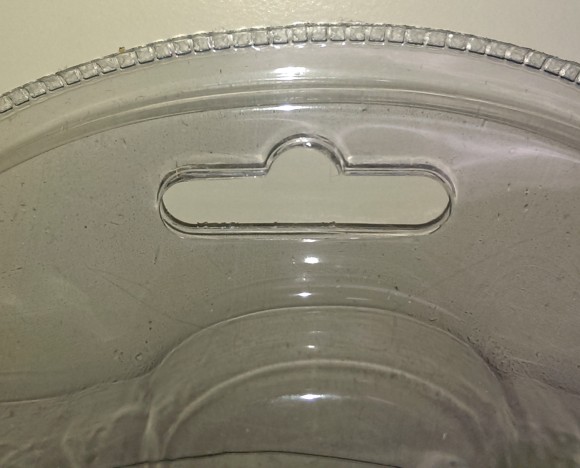
The Crazy Brilliance of Radio Frequency Welding
When it comes to welding plastics, three contributing factors matter: heat, force, and duration.
While there are multiple ways of controlling and applying each of these, the heating method defines the welding process:
| Welding Process | Heating Method |
| Vibration | Surface Friction (linear) |
| Spin | Surface Friction (rotational) |
| Hot Plate | Conductive Heating |
| Laser | Electromagnetic Radiation |
| Ultrasonic | Intermolecular Friction (mechanical) |
| Radio Frequency | Intermolecular Friction (electromagnetic) |
I have always thought that radio frequency welding uses one of the most ingenious methods to generate heat in a plastic part. Binders, blow-up toys, IV bags, tents, sheet protectors, shower curtains and sun visors are just some of the products that can be welded with this process.
For this welding process to work, the plastic must contain dipole molecules. Dipole simply means that the molecules have a positive and a negative side, like a magnet.
In radio frequency welding, the plastic containing dipole molecules is exposed to an electromagnetic field that changes polarity twenty-seven million times a second. The molecules then rapidly flip-flop within the part as they align to the electromagnetic field. This oscillating movement causes intermolecular friction and, subsequently, heating of the plastic.
I always wonder who woke up one day and thought “I bet if I put some plastic in an oscillating electromagnetic field, it’ll heat up!” And then I wonder what crazy brilliant way someone will discover to weld plastics next.
Radio Frequency Welding is often used to weld clamshell packaging
